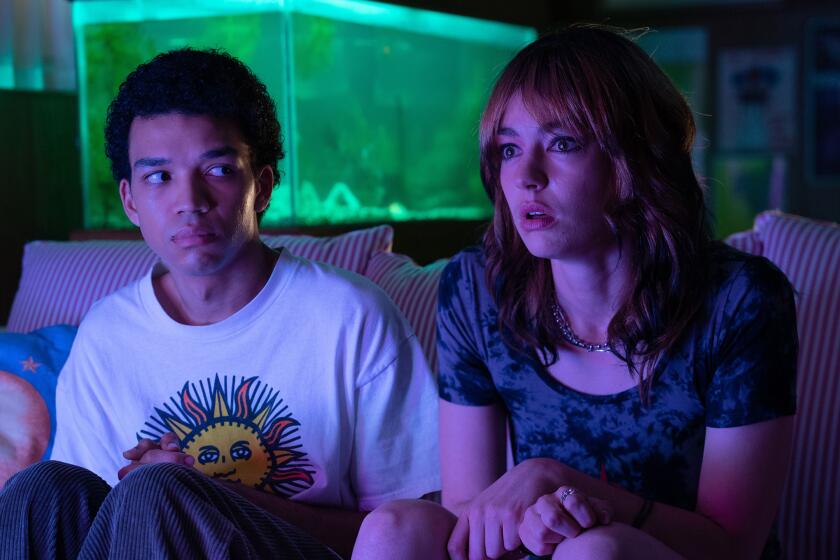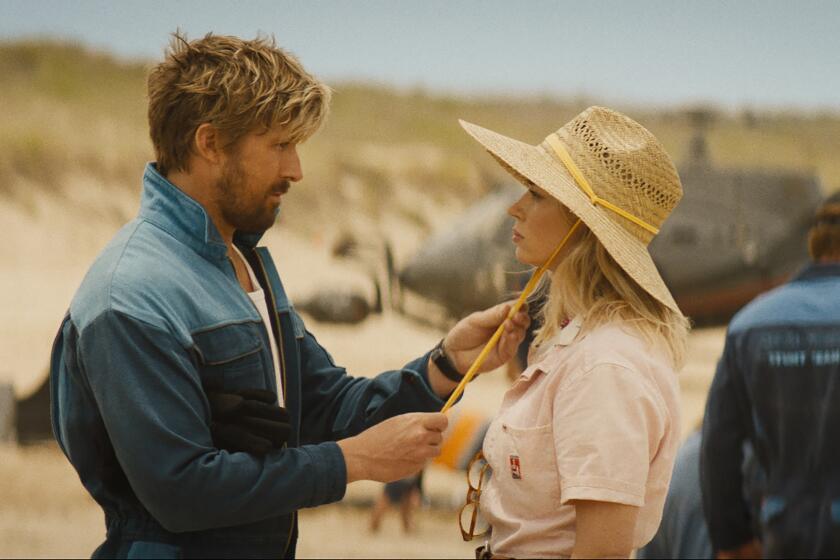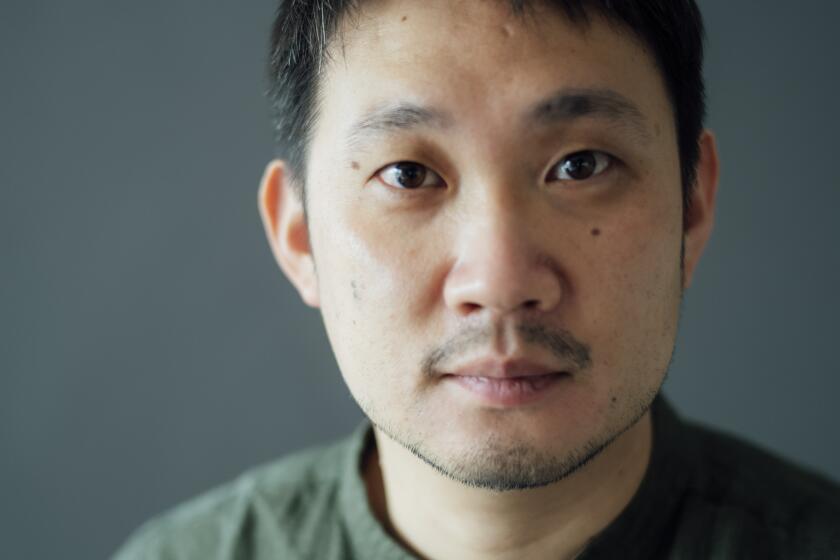You can’t go wrong at the TCM Classic Film Festival, plus this week’s best films in L.A.

Hello! I’m Mark Olsen. Welcome to another edition of your regular field guide to a world of Only Good Movies.
Thursday was the launch of the 15th edition of the TCM Classic Film Festival in Hollywood with a 30th anniversary screening of “Pulp Fiction” with some of the cast in attendance. There is still a very strong core of genuine classic Hollywood rarities being screened, but it is interesting to see how the festival has smoothly brought in more relatively recent titles from the ’70s, ’80s and ’90s as well. TCM Fest remains one of the craziest, you-kind-of-can’t-go-wrong weekends for movie fans, which is why it has built such a strong and dedicated fan base.
Take today alone, for example: Jodie Foster will be present for a screening of “The Silence of the Lambs,” Steven Spielberg will be on hand for “Close Encounters of the Third Kind” and David Fincher will present “Seven,” all on the Imax screen at the Chinese Theatre. (More on Fincher below.)
Jerry Lewis’ “The Bellboy” will be presented by his son, Chris Lewis. Billy Dee Williams will be there for screenings of “The Bingo Long Traveling All-Stars & Motor Kings” and “Lady Sings the Blues.” Diane Lane will appear with “A Little Romance,” made when she was just 14 years old.
Moving on to Saturday, Nancy Meyers will introduce a world premiere restoration and 4K DCP of “North by Northwest” at the Chinese. On Sunday, Carl Franklin will introduce a 50th anniversary screening of “Chinatown” at the Chinese Theatre. Alexander Payne will introduce the world premiere restoration of John Ford’s “The Searchers” in 70mm at the Egyptian. Mel Brooks will be there for a screening of “Spaceballs” at the Chinese.
Other highlights include William Wyler’s little-seen “The Good Fairy,” a nitrate print of the 1948 horror film “Night Has a Thousand Eyes” and a 35mm restoration of 1933’s “The Sin of Nora Moran.”
And that’s all just a small handful of what will be showing over the next few days. Explore the schedule here.

Times film editor Joshua Rothkopf talked to David Fincher about the making of “Seven,” which will be presented for the first time in a new 8K Imax restoration. It always seems somehow reductive to call the film a serial-killer movie, even though at its core that’s what it is.
As Fincher said of the film, “I think you have to understand that the conceit of it was you are sold a thriller, but it really becomes a horror movie. And by that, I mean horror movies at their essence are about things that you can’t control.”
And this exchange deserves a spotlight of its own:
Do your fans only want to talk “Seven” with you?
No. When you make the kind of movies I make, not a lot of people go: “Let’s talk about ‘Zodiac.’” The ones who really want to talk about it are probably on a watch list somewhere.
You’re 100% wrong about that. Are you on a watch list for making all these movies — and then returning to them decades later with Imax versions?
God, I would hope so. We used to joke that by the time “Seven” got to its fifth weekend, anybody who was there during the matinee, just slap the cuffs on them.
Sergei Parajanov’s centennial
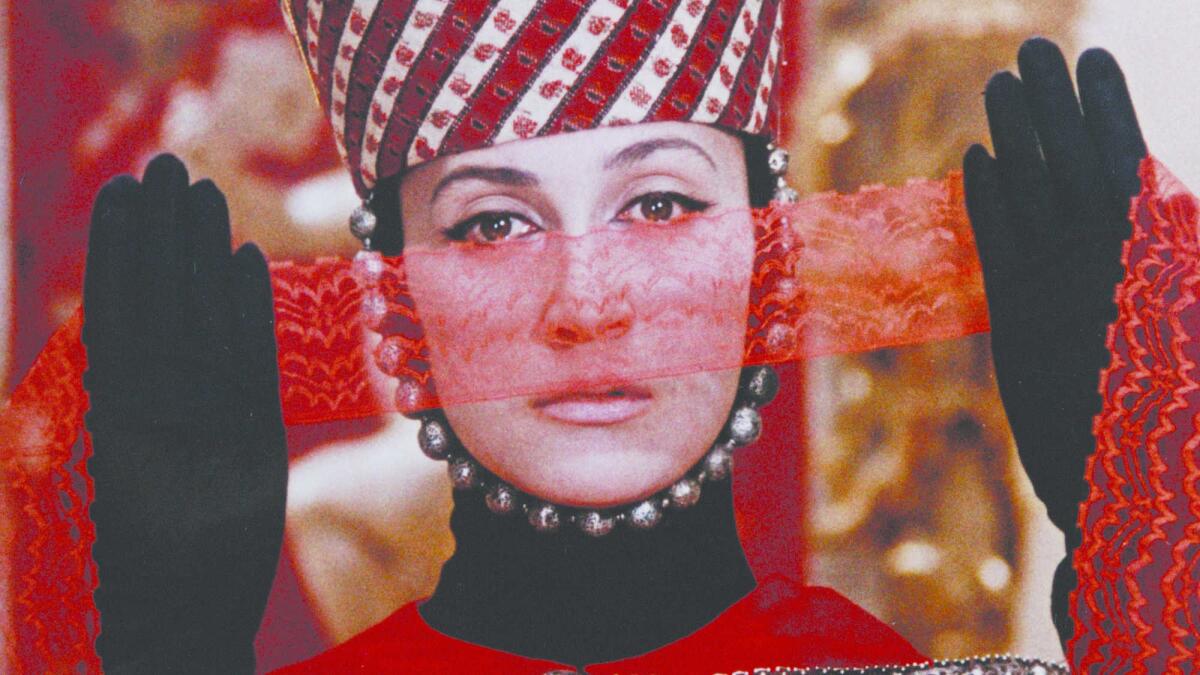
In celebration of the centennial of the birth of Armenian poet and filmmaker Sergei Parajanov, the UCLA Film and Television Archive and the Academy Museum are collaborating on an evening celebrating his life and work. The program will include a screening of Parajanov’s 1969 “The Color of Pomegranates,” a stylized biography of the 18th-century Armenian poet Sayat-Nova. The film’s unique visual style has gone on to be deeply influential.
The evening will also include the restoration premiere of Mikhail Vartanov’s “Parajanov: The Last Spring,” a documentary profile that has not screened for the last 10 years. Varatanov was a friend and collaborator with Parajanov and the documentary was made under extremely arduous conditions.
The films will be preceded by an introduction from Jillian Borders, head of preservation, UCLA Film & Television Archive. Between titles there will be a Q&A with with Vartanov’s son Martiros M. Vartanov, moderated by Adam Piron.
Martiros M. Vartanov was involved in the restoration of his father’s work and I recently talked to him about the project.
“It took an extraordinary amount of strength and perseverance to create and finish this film — and that’s what was happening with my dad,” Vartanov said. “I guess it left some kind of a scar in me and restoring some of the justice and restoring the film is almost a healing process, for the film but for me as well.”
On the reach of Parajanov’s work, Varatanov said, “My father always believed that Parajanov created a revolutionary film language. And even though it was not necessarily very influential at the time, now we see that it’s becoming very influential, inspiring people like Madonna and Lady Gaga even. And he was able to fully realize this unmistakable film language in ‘The Color of Pomegranates.’”
Vartanov added, “It is so simple that it appears very complex to people, but he maintained his entire life that it’s exceedingly simple. And that’s why people think it’s confusing and they need explanations and think that they need to know Armenian history or cultural language. But what hypnotizes people, what inspires them is that they subconsciously feel the most basic emotions — stories that Parajanov was able to communicate through the scenes in ‘The Color of Pomegranates.’ They may not necessarily understand it, it’s telling them something because it’s working on a very subconscious level. With time, I’m sure there will be more and more revealed and the film will gain more and more influence around the world.”
Other points of interest
Milestones of 1984 at the Egyptian
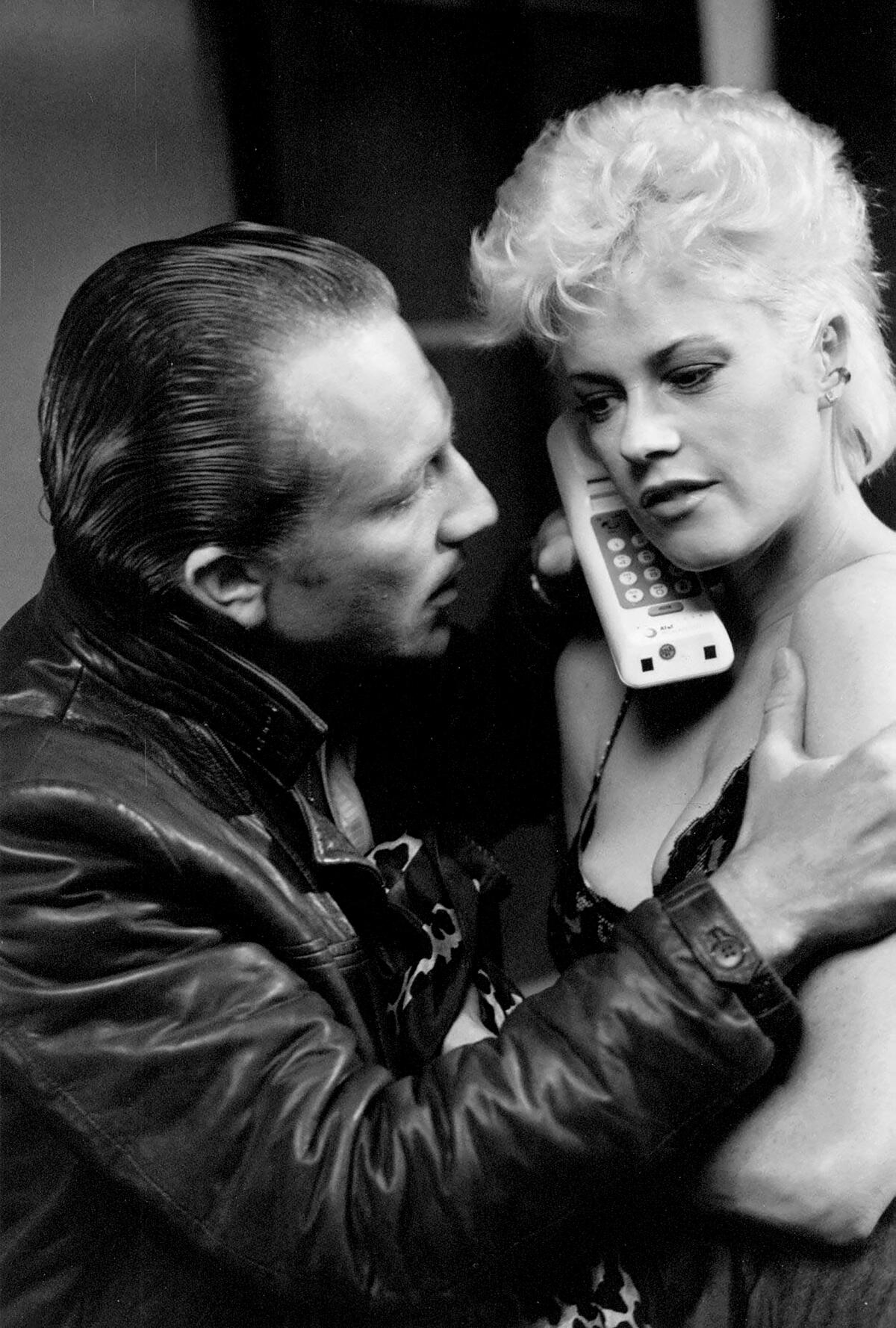
The Egyptian Theater is launching another edition of its Milestone Movies series, this time focusing on 1984. And what a year that was: The series includes “Beverly Hills Cop,” “A Nightmare on Elm Street,” “Indiana Jones and the Temple of Doom,” “Body Double,” “Footloose,” “Gremlins” and Sergio Leone’s “Once Upon a Time in America.”
In a 1984 interview with The Times’ Dale Pollock at the Cannes Film Festival, Leone addressed the similarities between “Once Upon a Time in America,” which tells the story of Jewish gangsters in New York City in the early 20th century, and Francis Ford Coppola’s “The Godfather.”
Leone said he was sent Mario Puzo’s novel and turned down “The Godfather” project before it went to Coppola.
“I refused it after I had one of my interpreters read it and he said it was just a trashy novel,” Leone said. “The difference between my film and ‘The Godfather’ is that Coppola took a single character and did his story in a spectacular way. I started out the same way, only I started with the spectacle and then tried to tell certain truths.”
Written by A.I. (Bezzerides)
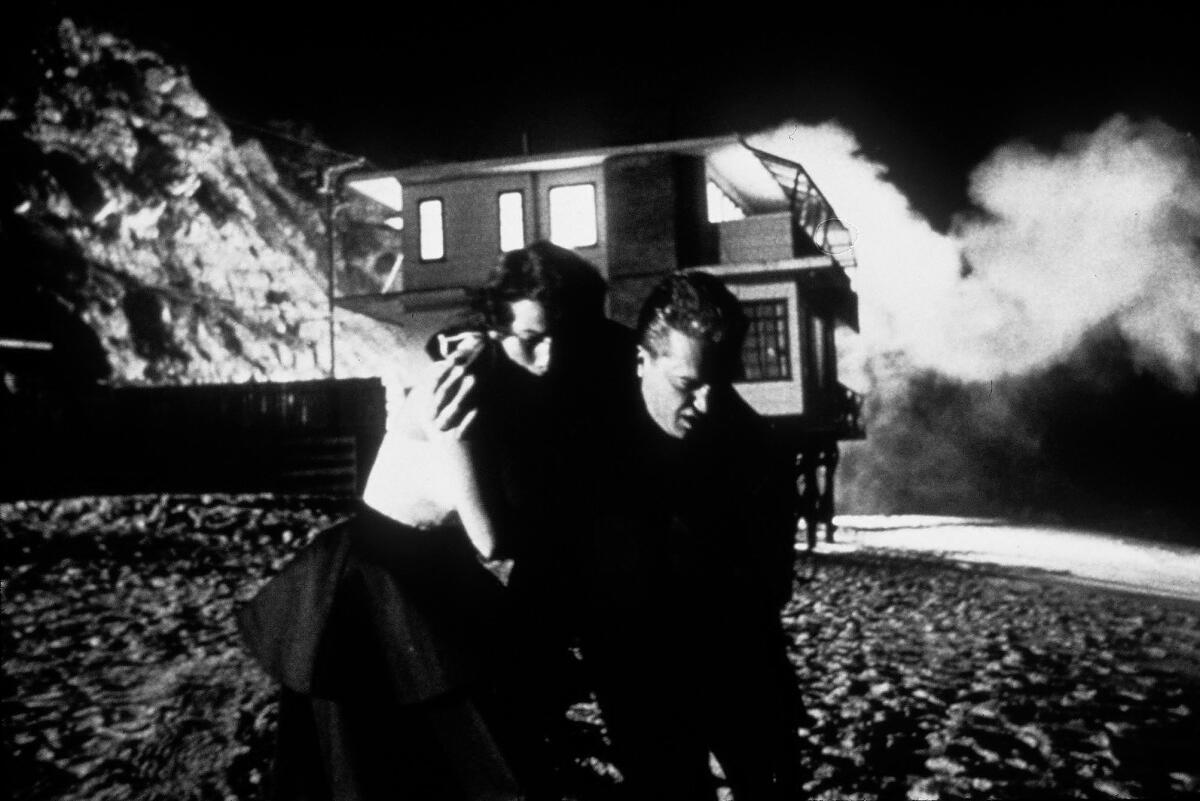
The American Cinematheque is launching a series “Written by A.I.” featuring the work of screenwriter A.I. Bezzerides. These films have a deeply pessimistic, hard-bitten view of humanity, perhaps appropriate for the tech-era pun of the series’ title, as audiences grapple with contemporary technology and old-fashioned nihilism.
Films in the series include “Kiss Me Deadly,” “They Drive by Night” “Desert Fury,” “Sirocco” and “On Dangerous Ground.” Most of the films will be showing in 35mm.
The Art of the Benshi
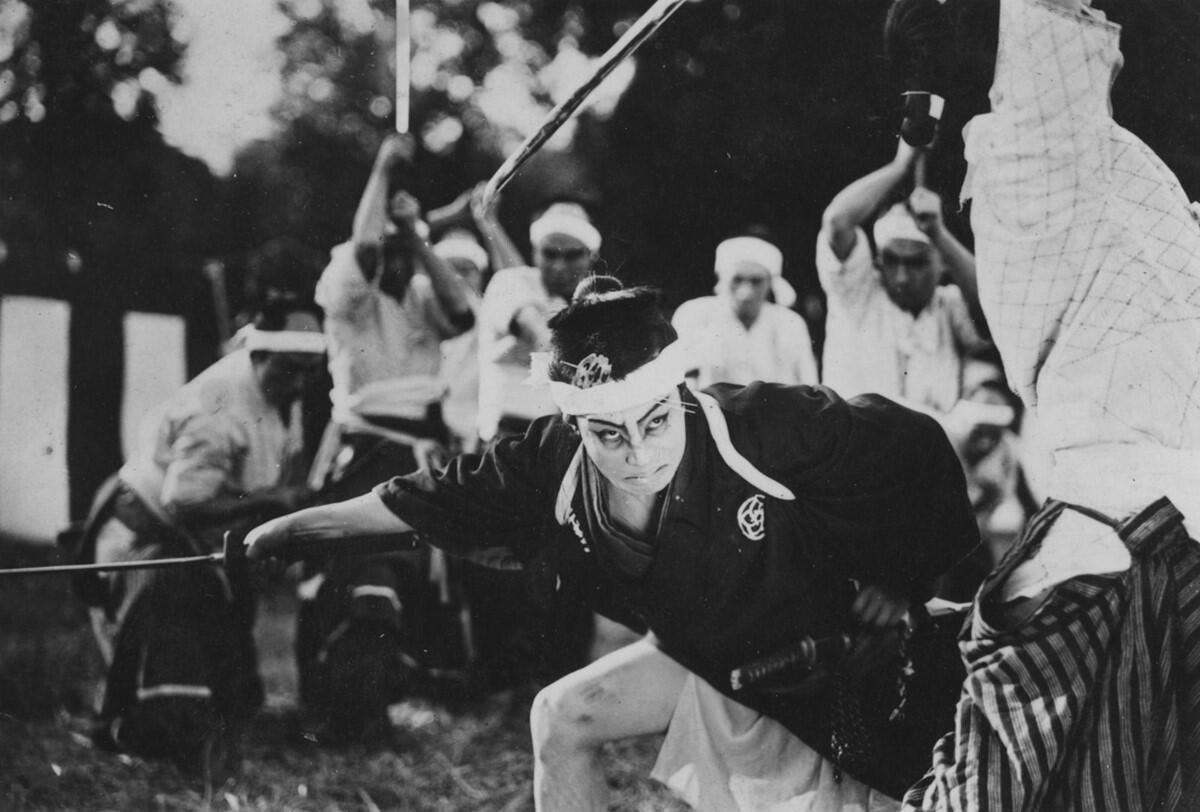
With events planned at the United Theater on Broadway as well as Westwood’s Billy Wilder Theater, the UCLA Film and Television Archive along with the Yanai Initiative for Globalizing Japanese Humanities is bring “The Art of the Benshi” tour to Los Angeles. Benshi artists were a silent-era tradition in Japan, performing more than just a film’s narration but adding an emotional dimension to the works on-screen, a viewing experience that bridges cinema and theater. The program includes a mix of Japanese and U.S. films, many of them recently restored.
In other news
Sundance could leave its longtime Utah home The Sundance Film Festival announced this week that it would be accepting proposals from other possible host cities for the 2027 edition. Festival officials were quick to stress that Sundance’s longtime home of Park City, Utah, is very much in the running to hold on to the festival.
A statement from Sundance Institute said, “The Institute is making sure that inclusivity and sustainability are always at the forefront of the festival experience, while preserving the festival’s key mission and responsibility: discovering and supporting independent storytellers and introducing their work to new audiences.”
Is an Oscar for stunts on the way? Ahead of the upcoming release of “The Fall Guy,” Josh Rottenberg took a look at how the film could be a galvanizing moment for the movement to see the stunt community recognized at the Oscars.
Chris O’Hara, head of the stunt department on “The Fall Guy,” noted how Brad Pitt won an Oscar for playing a stuntman in “Once Upon a Time … in Hollywood,” saying, “That was the big uproar — you can get an Academy Award for pretending to be a stunt guy but you can’t get an Academy Award for actually being one.”
Only good movies
Get the Indie Focus newsletter, Mark Olsen's weekly guide to the world of cinema.
You may occasionally receive promotional content from the Los Angeles Times.

